What to Pack for a Full Day of Deep Sea Fishing
When preparing for a deep sea fishing adventure, proper packing can make the difference between an enjoyable experience and a miserable one. The open ocean presents unique challenges – from intense sun exposure to unpredictable weather and the physical demands of wrestling with powerful fish. Whether you’re a first-timer or a seasoned angler, having the right gear on hand ensures you’ll be comfortable, protected, and ready to make the most of your time on the water. This comprehensive guide covers everything you need to pack for a successful full day of deep sea fishing, from essential safety items to specialized fishing equipment and comfort necessities.
Weather-Appropriate Clothing Layers
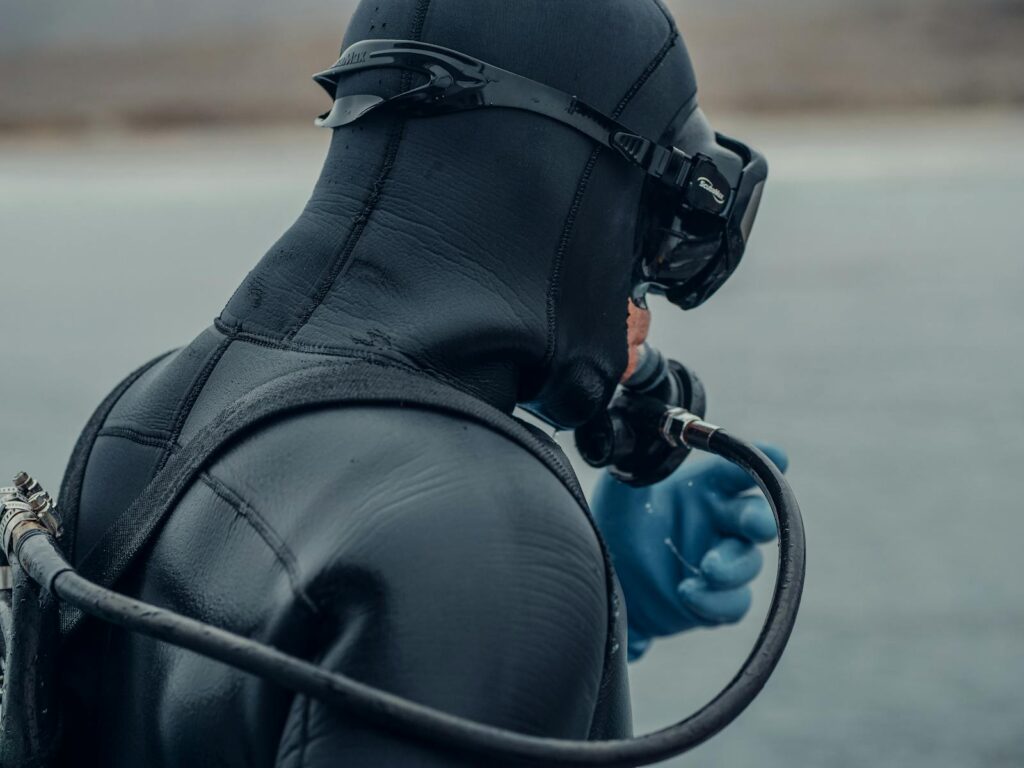
Deep sea fishing requires strategic layering to handle the variable conditions you’ll encounter throughout the day. Start with moisture-wicking base layers that keep sweat away from your skin while providing insulation. Add a mid-layer such as a light fleece or long-sleeve shirt that can be easily removed if temperatures rise. Top it off with a waterproof and windproof outer layer to protect against spray, unexpected rain, and strong winds that are common offshore. Remember that temperatures on the open ocean can be significantly cooler than on land, especially during early morning departures, so having layers you can add or remove as needed is essential for all-day comfort.
Sun Protection Essentials
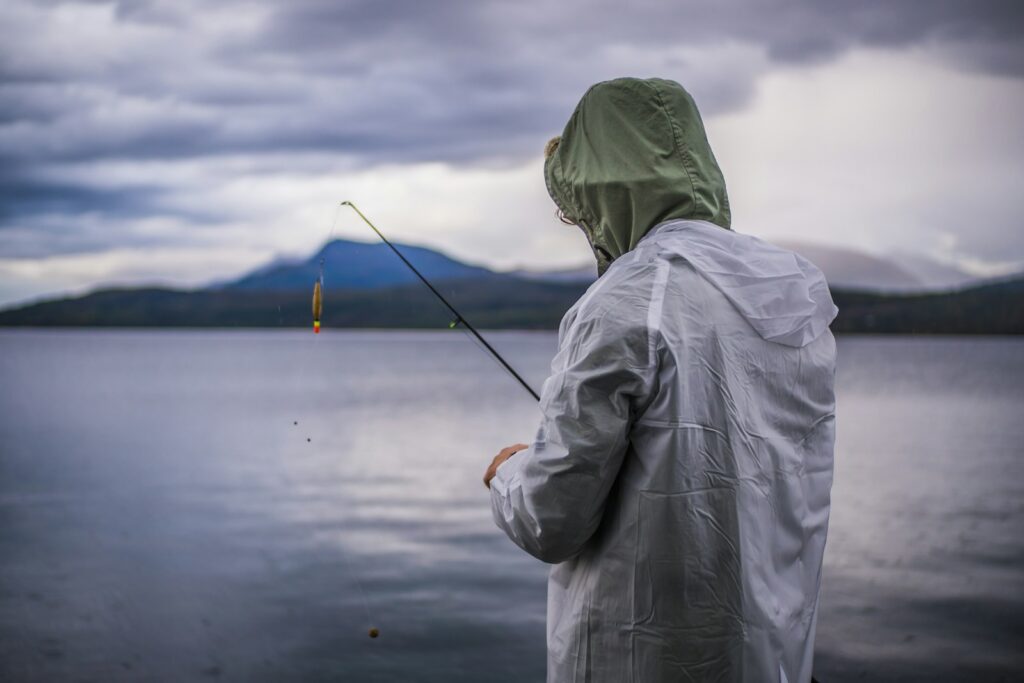
The sun’s intensity multiplies on the water due to reflection, making comprehensive sun protection absolutely non-negotiable. Pack a broad-spectrum sunscreen with at least SPF 50, and plan to reapply every two hours or more frequently if you’re sweating or getting wet. A wide-brimmed hat with a chin strap (so it doesn’t blow away) provides crucial protection for your face, ears, and neck. UV-protective sunglasses with polarized lenses not only shield your eyes from harmful rays but also reduce glare, allowing you to better spot fish activity on the water’s surface. Consider adding sun-protective clothing with UPF ratings, buff face coverings, and even sun gloves to protect the backs of your hands from sunburn during a full day of exposure.
Footwear Considerations
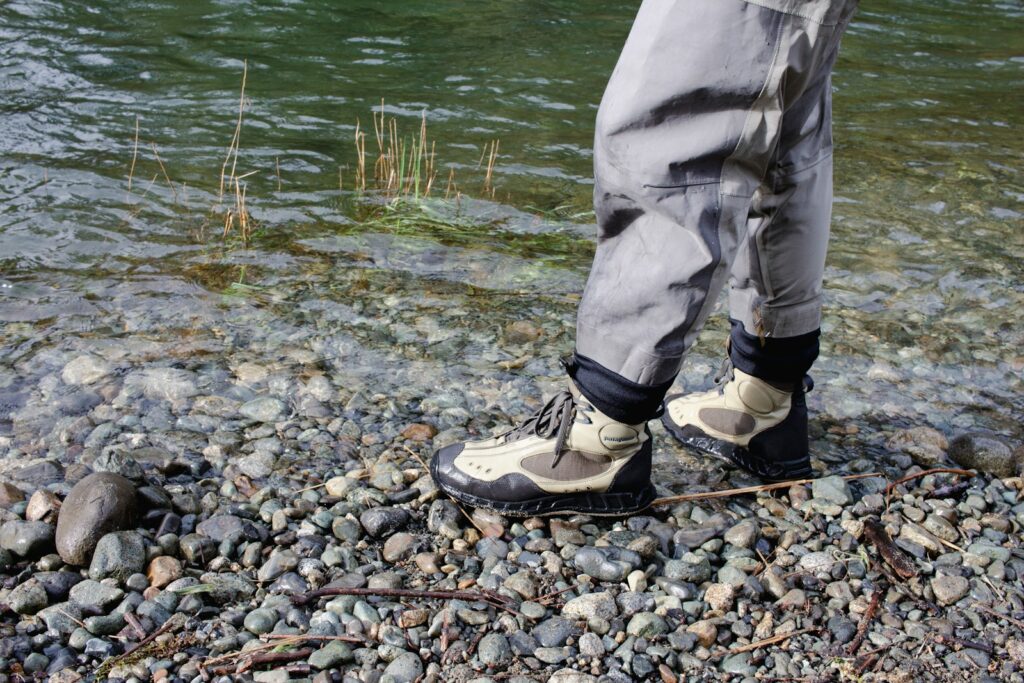
Proper footwear on a fishing boat combines safety, comfort, and functionality in challenging conditions. Non-slip, rubber-soled deck shoes or boat shoes provide the necessary traction on wet, slippery surfaces and typically dry quickly when soaked. Many experienced anglers prefer specialized fishing sandals or water shoes that offer toe protection while allowing water to drain quickly. Avoid dark-soled shoes that might mark the boat deck, and never wear flip-flops which provide inadequate stability and protection when moving around a rocking vessel. If fishing in cooler weather, waterproof boots with good ankle support can keep your feet warm and dry throughout the day while still providing the grip needed for safety.
Motion Sickness Remedies
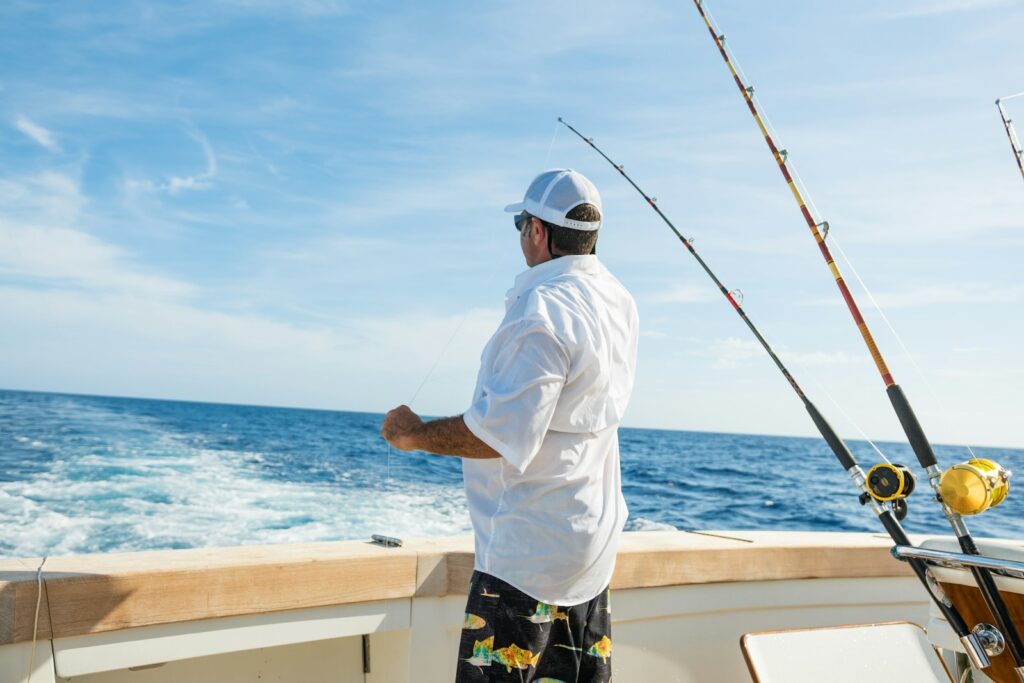
Even those with seasoned sea legs can fall victim to motion sickness when conditions get rough offshore. Pack preventative medications like non-drowsy Dramamine or Bonine and take them at least an hour before departure as directed. Prescription options like scopolamine patches are available for those who know they’re particularly susceptible. Natural remedies such as ginger candies, ginger ale, or ginger capsules can help settle an uneasy stomach once you’re already feeling queasy. Pressure point wristbands offer a non-medicinal option that many anglers swear by for keeping nausea at bay. Remember that dehydration and empty stomachs can worsen motion sickness, so maintain hydration and eat light, bland foods throughout your fishing expedition.
Fishing Gear and Tackle

While many charter boats provide rods, reels, and basic tackle, bringing certain personal equipment ensures you’re prepared for any fishing opportunity. Confirm what’s provided before your trip, then pack specialty lures or baits recommended for your target species that the boat might not have on hand. A quality pair of fishing pliers or a multi-tool helps with hook removal, cutting line, and other tasks. Bring a small tackle box with extra hooks, weights, swivels, and leader material in case of equipment failure or loss. If you have favorite specialty items like particular fishing gloves, a fighting belt for large game fish, or your lucky fishing cap, make sure these make it into your bag as well.
Food and Hydration

Proper nutrition and hydration are crucial for maintaining energy and focus during a long day of fishing. Pack more water than you think you’ll need, aiming for at least a gallon per person for a full day trip, as the combination of sun, wind, and salt air can cause rapid dehydration. High-protein, non-perishable snacks like nuts, jerky, and energy bars provide sustained energy without requiring refrigeration. Sandwiches wrapped in foil rather than plastic stay fresher in marine conditions, while fruits with natural protective coverings like oranges and bananas make excellent refreshing snacks. Avoid greasy foods or excessive alcohol the night before and during your trip, as these can contribute to seasickness and dehydration.
Storage and Protection Solutions

Protecting your belongings from water damage requires specialized storage options on a fishing boat. A waterproof dry bag keeps essential items like phones, wallets, car keys, and medications completely protected from spray, rain, and accidental submersion. Waterproof phone cases with lanyards allow you to keep your device accessible for photos while preventing costly water damage. A hard plastic waterproof container offers superior protection for electronics, important documents, and other items that absolutely must stay dry. Consider bringing zip-lock bags in various sizes as an additional layer of protection for smaller items and to store any wet clothing separately on the return journey.
Personal Comfort Items
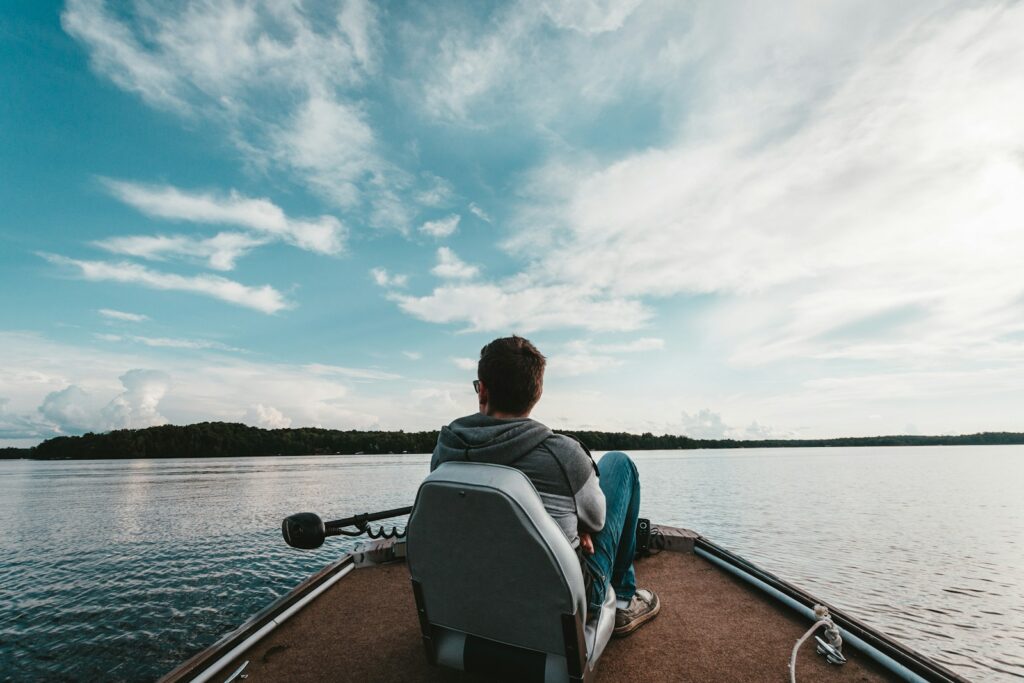
Small comfort items can significantly improve your deep sea fishing experience, especially on longer trips. A cushioned seat pad provides relief from the hard surfaces of boat seats and fighting chairs during hours of waiting for fish to bite. A microfiber towel takes up minimal space but serves multiple purposes from drying hands to providing shade or cooling when wet. Hand sanitizer and wet wipes clean hands after handling bait, fish, and other messy aspects of fishing. Consider bringing a small spray bottle of fresh water to rinse salt spray from your face and sunglasses throughout the day, providing a refreshing break from the constant exposure to salt.
First Aid and Safety Essentials
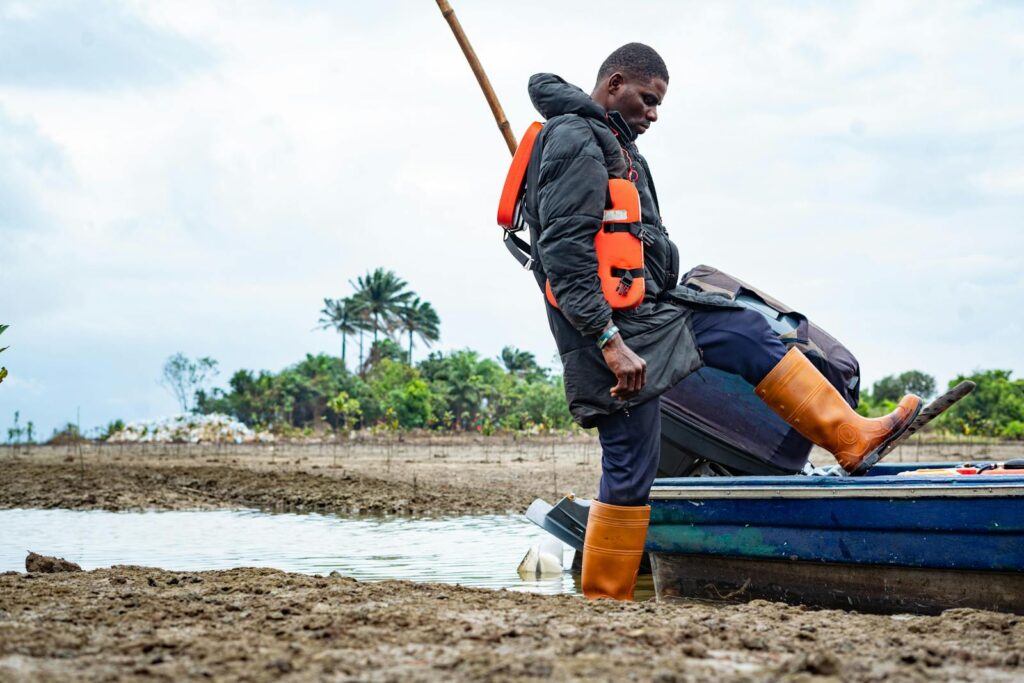
A compact personal first aid kit should accompany every angler regardless of the boat’s own medical supplies. Include bandages in various sizes for cuts and scrapes that commonly occur when handling hooks, fish, and gear. Pack over-the-counter pain relievers, anti-nausea medication, and any personal prescription medications you might need throughout the day. Antibacterial ointment treats minor wounds that can easily become infected in the marine environment. Include tweezers for removing splinters or small hooks, medical tape, gauze pads, and alcohol wipes for basic wound care that might be needed miles from shore.
Electronic Devices and Power
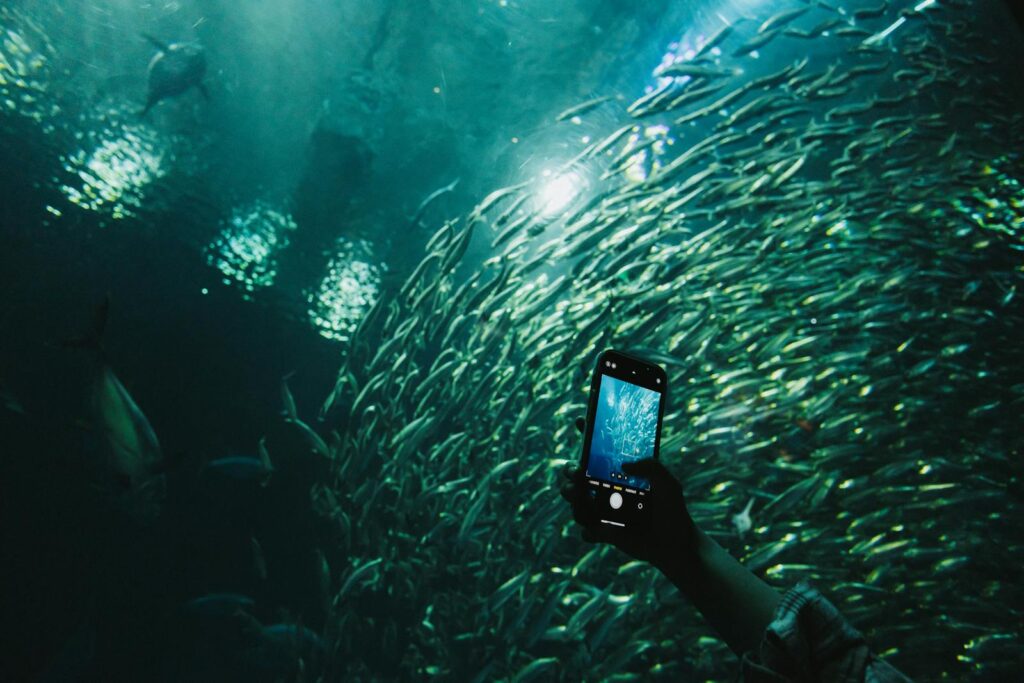
While deep sea fishing offers an opportunity to disconnect, certain electronic devices serve important purposes on the water. A fully charged smartphone in a waterproof case provides emergency communication and allows you to document your catches. A portable power bank ensures your devices stay charged throughout the day, especially important if using phone apps for weather tracking or fish identification. Consider a waterproof Bluetooth speaker for entertainment during transit or slow fishing periods, being mindful of volume to avoid disturbing other anglers or marine life. Some anglers bring compact waterproof cameras dedicated to fishing photography, protecting their primary devices from potential damage.
Weather Protection Beyond Sunscreen

Offshore weather can change rapidly, requiring preparation beyond basic sun protection. A lightweight rain jacket or poncho packs small but provides essential protection during unexpected squalls or persistent ocean spray. A breathable neck gaiter or buff serves multiple purposes, from sun protection to wind protection and even warming your face in cooler morning conditions. Waterproof or water-resistant gloves protect hands from weather elements while providing a better grip on wet fishing equipment. Pack a warm beanie or cap for early morning starts when temperatures might be surprisingly cool until the sun rises fully, especially during spring and fall fishing seasons.
Post-Fishing Cleanup Kit

After a day of handling bait, fish, and salt water, having cleanup supplies ready makes the return to shore more comfortable. Pack hand cleaner specifically designed to remove fish odors, as regular soap often fails to eliminate persistent fishing smells. Include a change of clothes in a sealed bag to switch into after your trip, allowing you to travel home comfortably without smelling like bait and fish. A small bottle of gentle eye drops relieves irritation from prolonged exposure to sun, wind, and salt spray. Consider bringing a trash bag for your used items, as proper disposal facilities might be limited at some fishing docks and marinas.
Documentation and Permits

Proper documentation ensures your fishing trip proceeds without legal complications. Carry your fishing license and any required permits in a waterproof container, as conservation officers may conduct checks even offshore. Bring identification documents as required by coast guard regulations, particularly if fishing in waters near international boundaries. Keep a copy of your charter reservation confirmation if applicable, including contact information for the captain or company. If targeting regulated species with size or catch limits, consider bringing a small measuring tool to verify your catches meet legal requirements before keeping them.
Conclusion
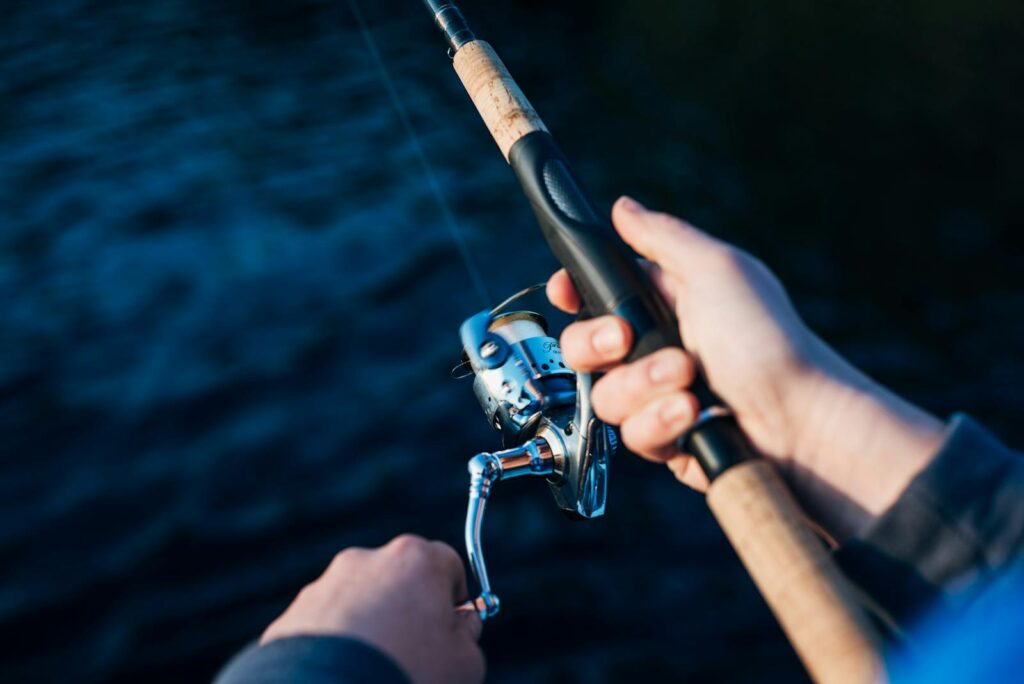
Deep sea fishing represents one of the most exciting challenges in the angling world, but its rewards come only to those properly prepared for the unique offshore environment. By thoughtfully packing the items outlined in this guide, you’ll be ready to handle whatever conditions arise during your adventure. Remember that space on most fishing vessels is limited, so prioritize multi-purpose items and efficient packing. With the right gear on hand, you can focus on what really matters – the thrill of the hunt, the serenity of the open water, and hopefully, the satisfaction of a successful catch to cap off your perfect day of deep sea fishing.
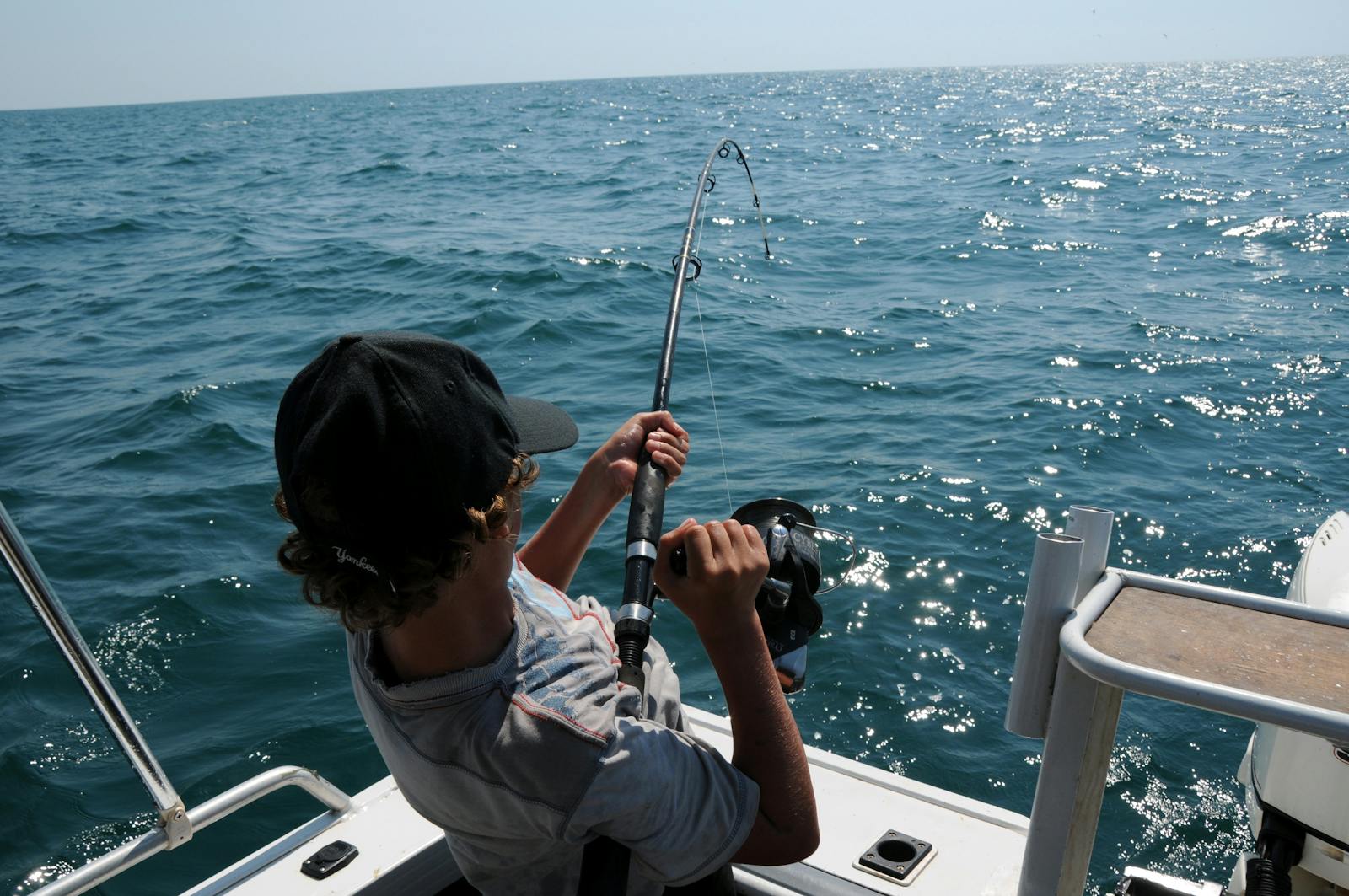













Post Comment